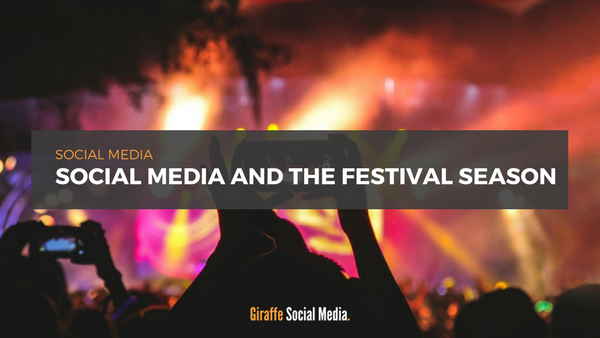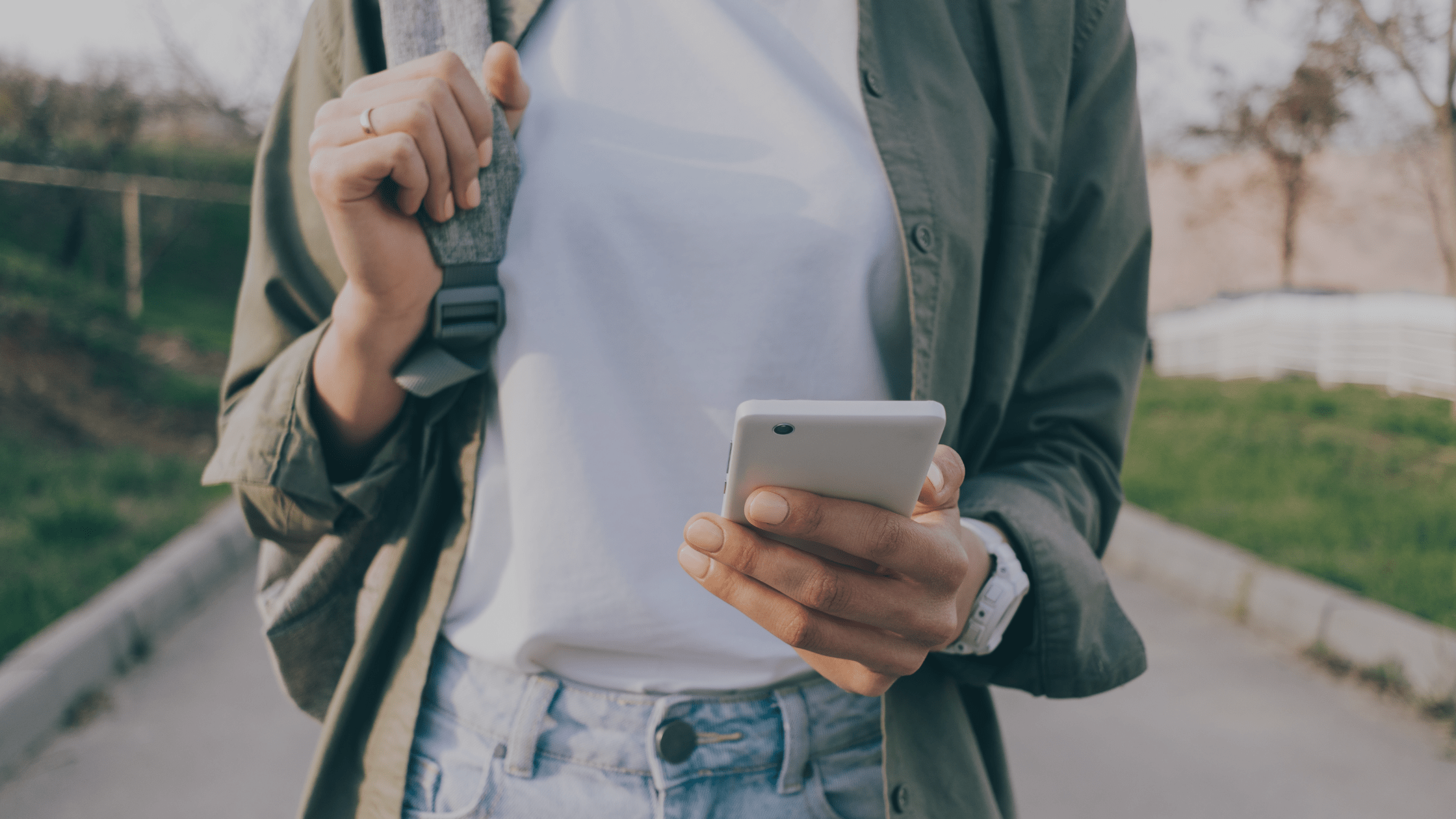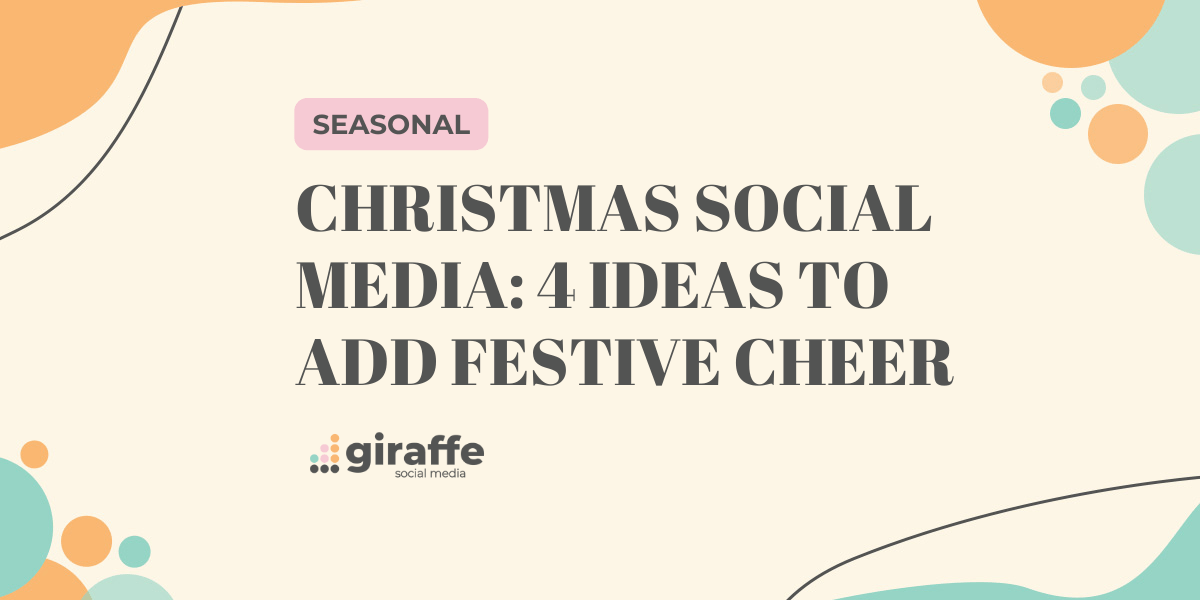It’s the time of year when festival ticket releases flood the land, with more and more new events being announced each time. However, it wasn’t always this way and the number of attendees grows each year thanks to the relationship between social media and the festival season.
30.9 million people attended festivals in 2016 compared to 27.7 million the year before. It’s a business that keeps on growing because of its collaboration with social media.
Music Industry V Social Media
The music business has integrated with social media and technology and has benefited vastly from it. Anyone can upload a video of them singing for the world to see and people can stream music seamlessly for a set price a month. Originally, the music industry was fighting a battle with social media that they were losing – people were taking artists’ music and posting it for themselves, which meant a great loss in profits. However, the festival industry seems to be the music business’s fight back against social platforms. They’ve manipulated social media for their benefit – targeting people as soon as they’ve bought a festival tickets with advertisements tailored to their interests.
The Journey of Live Music to the Stage
Live music was transported and visualised. With footage of festivals being shared and used in artists’ actual music videos, the world of laser shows, pushy crowds and overpriced beer entered our screens. Such a variety of acts, meant a bigger crowd was drawn in, and more specific groups were targeted.
Social media means we can relive not only our own experiences at a music festival, but also our friends’ and other attendees’ weekends at the event. We can get an idea of what the festival will be like, before we even go. A lot of buzz is created around a festival, before the tickets even go on sale. Social profiles will often release the line-up week by week, with the promise of more acts to be announced.
Serious FOMO
Festivals have pushed this FOMO disorder upon all social media users – the new found fear of missing out. When we see videos of everyone having a great time and jumping up and down to a rhythmic beat, we feel like we’ve missed out on a good time. Festival ideology plays upon this idea of being in the ‘in’ crowd and if you aren’t there, then you’ve missed a whole weekend of fun and frolics. It’s the same reason why people revisit festivals every year – they couldn’t bear to see a phenomenal video from the event, the one summer they choose not to go.
This sense of community created on social media has really made a cult-like group that oozes ‘if you weren’t there, then you won’t understand it’. Pictures celebrities post of themselves at festivals also push this socialite group, with the promise you may bump into a famous face when you’re there. Coachella is one of the most aesthetically pleasing festivals with its beautiful setting and Instagram-friendly backgrounds. It promotes a lifestyle through its presence on social media, that makes it more of a brand than a festival.
Summer of The ‘Gram
Instagram becomes the hotspot for the weekend, with users posting pictures of their new outfits, glamped out tents or videos of the acts performing. It’s such a trend, that often artists will ask people to simply enjoy the music and put their phones away, instead of watching them perfrom through their screen. Some festivals promote hashtags with the promise of appearing on a stage’s big screen if they hashtag the event’s name. Thus the Summer not only becomes months of festivals and music, but also creates a spike in denim shorts sales, glitter and selfies with blurred singers on stages.
Social media and the festival season have created a romance that just keeps going from strength to strength and it is certainly a relationship that will only grow and expand over the next few years.





